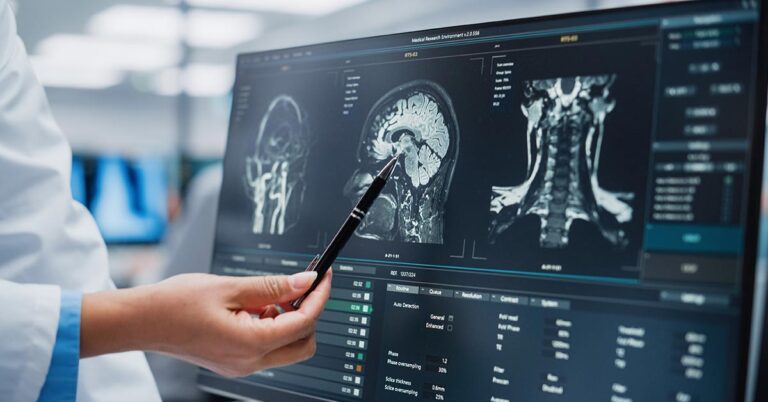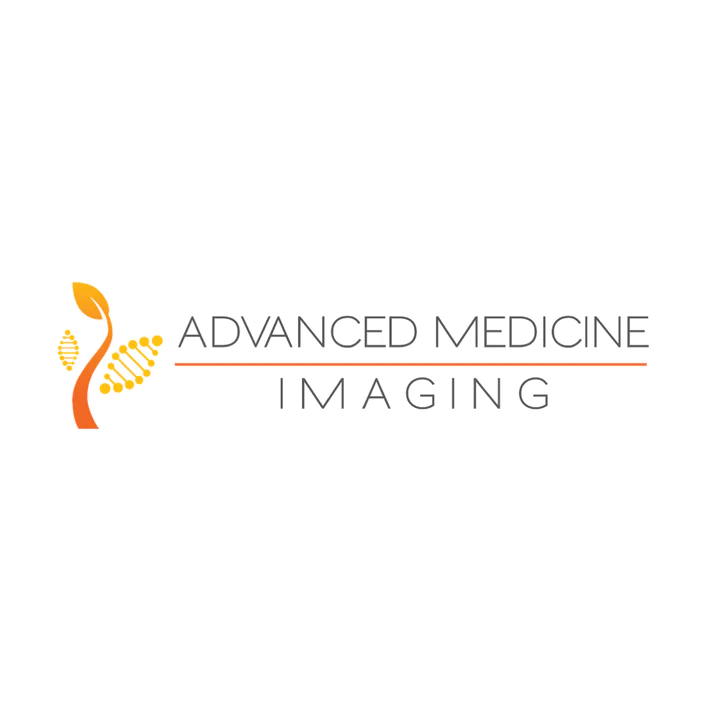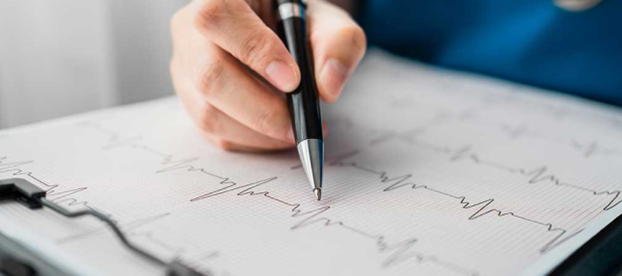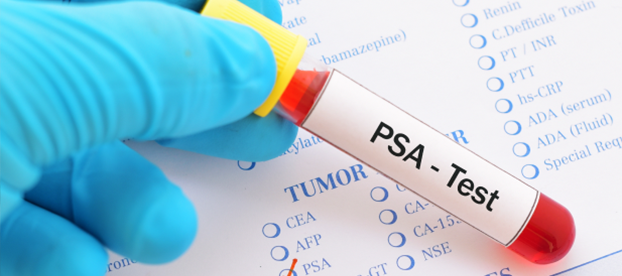Radiology & Imaging
Learn more about radiology and imaging - what it is, what it is used for, and common imaging tests.
Table of Contents
ToggleWhat Is Radiology And Imaging?
Radiology is a branch of medicine that uses medical imaging techniques to diagnose and treat diseases and conditions within the human body. Medical imaging involves the use of various technologies to create visual representations of the interior of a body for clinical analysis and medical intervention.
Radiologists are the medical doctors who specialise in interpreting medical images and providing diagnostic information to other healthcare professionals. They play a crucial role in helping physicians diagnose and plan the treatment of various medical conditions. Additionally, interventional radiologists use imaging techniques to guide minimally invasive procedures, such as biopsies, angioplasty, and catheter insertions.

What Is Radiology And Imaging Used For?
Radiology and medical imaging provides valuable visual information that aids in the diagnosis, treatment, and monitoring of various medical conditions. It is used for a variety of purposes such as:
- Diagnostics – One of the primary uses of radiology and medical imaging is for the diagnosis of various medical conditions. Physicians use imaging techniques to visualise internal structures and identify abnormalities, such as tumours, fractures, infections, and other diseases.
- Treatment Planning – Medical imaging is crucial in planning and guiding medical interventions and treatments. It helps healthcare professionals determine the best approach for surgeries, radiation therapy, and other procedures. For example, imaging is used to locate tumours precisely, guide surgical instruments, and monitor the progress of treatments.
- Monitoring Disease Progression – Imaging is employed to monitor the progression of diseases over time. It allows healthcare providers to assess how conditions are responding to treatment or if there are any changes that require adjustments in the treatment plan.
- Screening – In some cases, medical imaging is used for screening to detect diseases in their early stages. Mammography, for instance, is used for breast cancer screening, while imaging techniques like CT scans may be used for lung cancer screening in high-risk individuals.
- Interventional Radiology – In addition to diagnostic purposes, radiology is used for interventional procedures. Interventional radiologists use imaging guidance to perform minimally invasive procedures such as angioplasty, embolization, and biopsies.
What Are The Common Imaging Tests?
There are several common radiology and imaging tests that healthcare professionals use to diagnose and monitor various medical conditions. Some of the most common types are:
X-Rays (Radiography)
X-rays are widely used to create images of bones and some soft tissues. It involves exposing the body to a small dose of ionizing radiation to create these images.
- Test Duration: Typically quick, lasting only a few minutes.
- Uses: Diagnosing fractures, infections, and conditions affecting the chest.
Computed Tomography (CT Or CAT Scan)
CT scans use X-rays to create detailed cross-sectional images of the body. They are valuable for visualising internal organs, blood vessels, and bones.
- Test Duration: Generally takes a short time, often a few minutes.
- Uses: Detecting tumors, assessing trauma, and planning surgeries.
Magnetic Resonance Imaging (MRI)
MRI uses strong magnetic fields and radio waves to generate detailed images of soft tissues, organs, and the musculoskeletal system.
- Test Duration: Usually takes longer, ranging from 30 minutes to over an hour.
- Uses: Imaging of the brain, spinal cord, joints, and abdominal organs.
Ultrasound
Ultrasound imaging uses high-frequency sound waves to produce real-time images of internal structures.
- Test Duration: Typically relatively quick, depending on the area being examined.
- Uses: Imaging of the abdomen, pelvis, heart, and developing fetus during pregnancy.
Nuclear Medicine - PET Scan, SPECT
This includes various tests such as Positron Emission Tomography (PET) and Single-Photon Emission Computed Tomography (SPECT). These tests involve the use of small amounts of radioactive materials to visualise and assess the function of organs and tissues.
- Test Duration: Variable, with some scans taking hours to complete.
- Uses: Used for cancer staging, assessing cardiac function, and studying bone metabolism.
Mammography
Mammograms are X-ray examinations of the breast tissue.
- Test Duration: Typically a short procedure, lasting a few minutes.
- Uses: Breast cancer screening and diagnosis
Fluoroscopy
This imaging technique uses a continuous X-ray beam to create real-time moving images of the internal structures.
- Test Duration: Can vary, often depending on the specific procedure being performed.
- Uses: Commonly used for procedures such as barium studies and joint injections, providing real-time imaging guidance.
Schedule An Appointment For Radiology And Imaging Tests
Health365 has partners with numerous healthcare providers, including diagnostic centres, health screening, cancer treatment centres, and more. For inquiries, contact us through the button below.
Featured Topics You Might Be Interested In
Our Partners

Advanced Medicine Imaging
Singapore
The Advanced Medicine Imaging (AMI) centre in Biopolis is a modern medical centre for health and wellness needs that offers executive health screening and imaging services such as ultrasound, mammogram, CT, MRI, and PET.

Asia HealthPartners
Singapore
Asia HealthPartners is a one-stop medical centre located in the heart of Orchard Road, offering Wellness, Imaging, Aesthetics and Endoscopy services.









